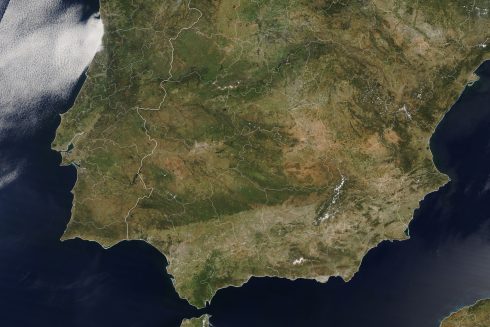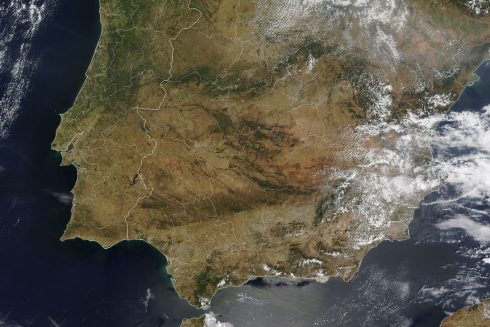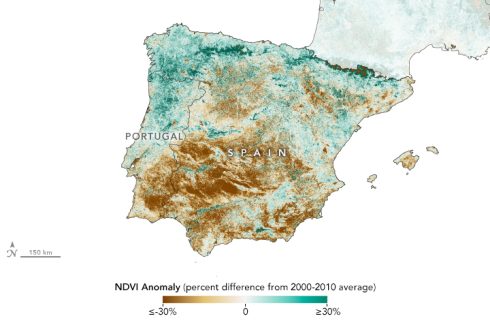A STARTLING report by NASA has illustrated the drought enveloping Spain – and in particular the olive groves of Andalucia, the world’s leading olive oil producer.
Two satellite images of the Iberian peninsula taken 12 months apart highlight the alarming browning of the landscape.
NASA’s Terra satellite, equipped with the Moderate Resolution Imaging Spectroradiometer (MODIS), captured the transformations in Spain’s landscape.
The images, taken in May 2022 and May 2023, show a drastic change from vibrant green vegetation to widespread brown areas, indicating severe dryness.
Spanish weather agency Aemet reported that since the start of the last hydrological year on October 1, 2022, Spain received 28% less rainfall than expected up to mid-May 2023.


Andalucía, known for its ‘liquid gold’ extra virgin olive oil from the Picual olive, appears particularly affected.
The Jaen area, responsible for 25% of the global olive oil supply in 2022, received only about 30% of the expected rainfall, with similar trends observed in nearby areas.
As a result of the poor harvest, one-litre bottles of extra-virgin olive oil have been selling for as much as €14.50 in some outlets.
This has lead to rising thefts and forcing some retailers to secure bottles and the larger five-litre canisters.
Furthermore, the Normalized Difference Vegetation Index (NDVI), a satellite tool used to evaluate vegetation health, showed significant deterioration in the region.

This drought led to dwindling reservoirs, desiccated olive groves, and widespread water restrictions throughout the country.
Since the second satellite image was taken at the start of the summer, Spain saw its third hottest summer since official records began 62 years ago.
A record-breaking 552 temperature records shattered across the country over the summer, particularly in August, when temperatures eclipsed the previous highs from August 2003.
The peak temperature reached 46.8°C in Valencia in August, while the average temperature reached a scorching 24.8°C, 1.8°C above the 1991-2020 monthly average.
The peak average maximum of 32.7°C, was also the highest since records began.
READ MORE:


